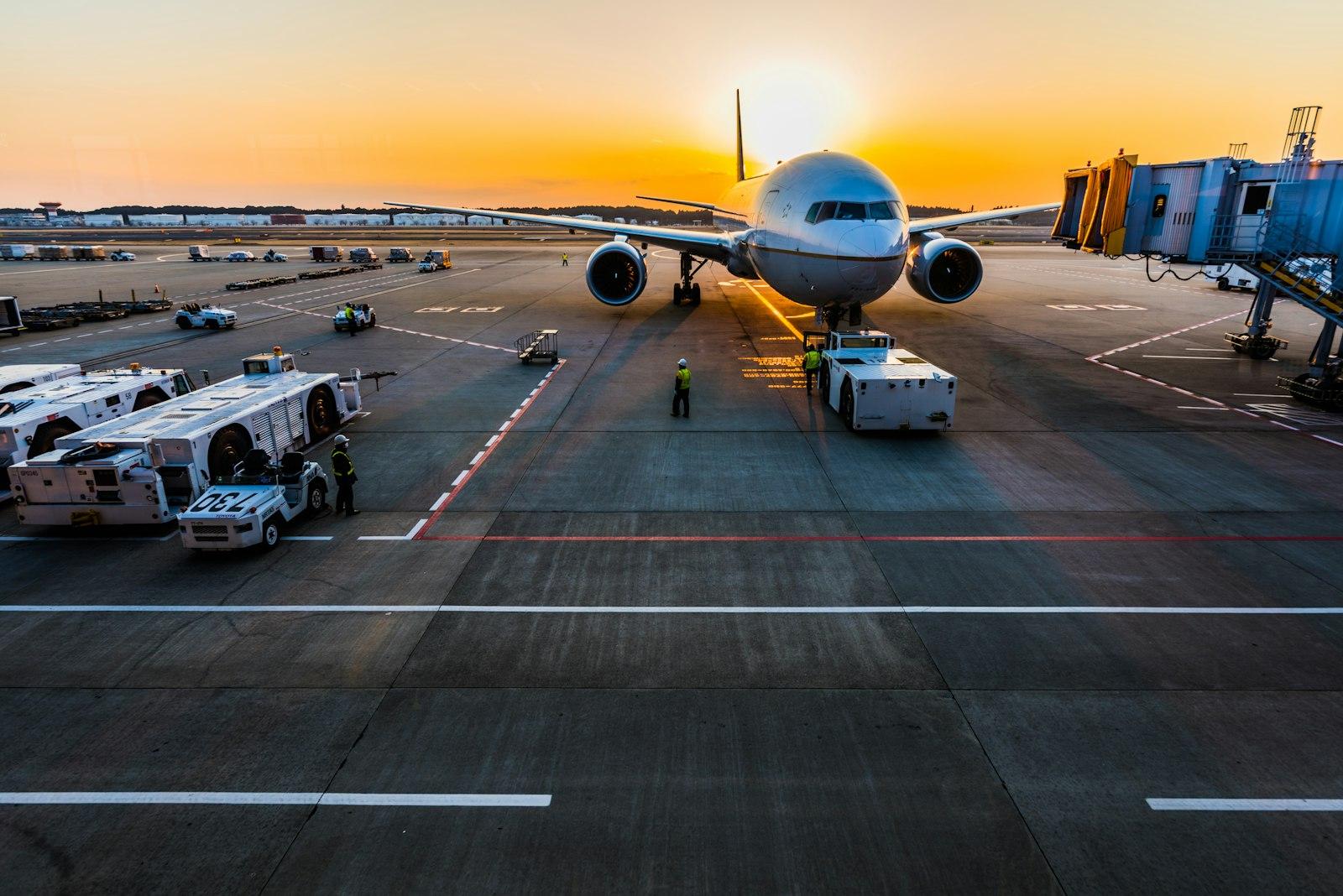
Shipping Gear Across Borders Without Customs Pain
Sending equipment ahead of me used to feel like gambling. A lighting kit vanished in Mumbai customs for three weeks, and my extra camera body once boomeranged back to Lisbon because paperwork had the wrong HS code. Now I use a shipping workflow that customs actually respects. Here’s how I move gear across borders without losing sleep—or production timelines.

Decide: Carry-On vs. Cargo
- Carry-on: Laptops, drives, high-value gadgets that fit security screening guidelines. Pros: control, less paperwork. Cons: airline weight limits.
- Checked luggage: Mid-sized gear with ATA Carnet or temporary import permit.
- Freight/courier: Large kits. Requires pro logistics partners and detailed documentation.
Documentation Stack
| Document | Purpose | | :-- | :-- | | ATA Carnet | “Passport for goods” covering temporary imports/exports | | Commercial Invoice | Itemized values, HS codes, reason for shipment | | Packing List | Box-level detail (weight, dimensions, contents) | | Insurance Certificate | Coverage for loss/damage during transit | | Letter of Authorization | If local fixer picks up on my behalf |
ATA Carnet Tips
- Apply via national chamber of commerce; allow 2–3 weeks.
- List every item with serial number, weight, value. Include expendables (cables) if they must come back.
- Carry duplicate pages; customs stamps at exit and entry. Missing stamp = fines.
Pre-Shipping Workflow
- Inventory audit: Update equipment list in Notion. Assign condition grade and photos.
- HS codes: Look up correct Harmonized System codes (e.g., 8525.80 for cameras). Incorrect codes cause delays.
- Valuation: Use realistic replacement values for customs. High value = higher bonds; too low triggers suspicion.
- Select logistics partner: DHL Express for most countries; DB Schenker for heavier pallets. Verify they support carnet processing.
- Insurance: Add rider to global business policy (CNA) for shipment value + 20%. Confirm coverage door-to-door, including customs hold.
- Create shipping dossier: Digital and physical folder containing all docs + contact numbers.
Packing & Security
- Use Pelican cases with TSA locks + tamper-evident seals. Photograph seal numbers.
- Include printed copy of inventory/carnet inside top layer.
- Install AirTags/Tile in each case for tracking; share location with ops chat.
- Weight check: ensure compliance with airline/courier limits (usually <32 kg per piece for standard cargo).
Customs Handoff
- Provide courier with copy of carnet + commercial invoice.
- Notify recipient (fixer/production manager) of airway bill (AWB) number, expected arrival, and required documents for clearance.
- Engage customs broker when necessary (Brazil, India, UAE). Worth the fee to avoid week-long holds.
Tracking & Communication
- Monitor shipment via AWB; set alerts for status changes (Arrived at facility, Clearance event).
- If “Clearance Delay,” contact broker/courier immediately. Provide any additional documents requested.
- Keep a log of interactions with customs agents (name, time, request) in shared incident doc.
On Arrival
- Inspect gear immediately. Compare to inventory photos, check tamper seals.
- Verify carnet stamped upon entry. If officer forgets, politely insist—it prevents exit issues.
- Record condition; note any damage with photos for insurance claims.
Exiting the Country
- Present carnet to customs for exit stamp. Without it, carnet considered “open” and deposit forfeited.
- Ship back to home base or next destination; update inventory status.
Handling Issues
- Missing item: File claim with courier within 24 hours. Provide inventory, photos, carnet entry. Notify insurance.
- Damage: Document thoroughly, get repair estimate, submit to insurer.
- Customs dispute: Involve broker, provide additional proof (purchase receipts, letters of intent). Stay patient but persistent.
Quick Checklist
[ ] Inventory with serial numbers and photos
[ ] ATA Carnet or temp import permit approved
[ ] Commercial invoice + packing list prepared
[ ] Logistics partner and customs broker confirmed
[ ] Insurance rider activated
[ ] Tamper seals + tracking devices applied
[ ] Arrival inspection + carnet stamping documented
Shipping gear shouldn’t feel like roulette. With meticulous paperwork, trusted partners, and tight tracking, your equipment will be waiting when you land—ready to work, not sitting behind a customs desk collecting dust.